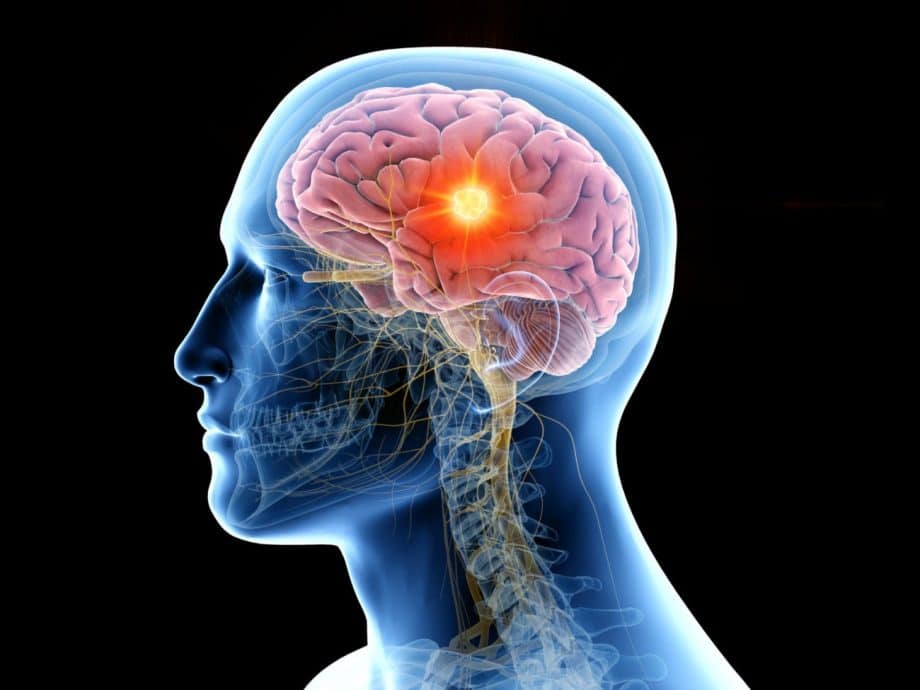Your brain is highly connected to your body—more connected than you may even think or realize. Two areas–the lower jaw and the skull– are especially linked together. The temporomandibular joint (TMJ) is the exact joint that connects the skull to the lower jaw.
The base of the skull, along with the spinal cord, are critical locations for the brain. This is because of the nerves that run from your brain, through your spinal cord, to the rest of your body. This means that this location is a key spot for nerve connections that will send and receive signals to your brain. If something is out of place, like a misaligned jaw, your brain cannot rely on nerve connections because they are not sending nor receiving correct signals.
So, what does all of this mean for you or anyone else who suffers from TMJ disorder symptoms?
An imbalanced jaw places stress on the temporomandibular joint (TMJ). This also causes the muscles in the neck, and shoulders to be tight and fatigued. When your jaw, or surrounding areas, are out of whack, your brain becomes highly involved in trying to maintain equilibrium. The muscles fight to keep your jaw balanced while the nerves around the joint send and receive inaccurate message about jaw position, pain locations, and pain levels. These inaccurate signals come at a cognitive cost.
Studies showed that those who suffer from TMJ disorder, performed worse on various cognitive functions tasks than those without. This is most likely due to the amount of effort it takes TMJ sufferers to keep track of their pain. Thus making it more difficult to focus and causing them to be slower at planning and execution. Constant pain creates distractions meaning that there are less resources available for the brain to devote to other tasks. Chronic pain like this can even cause trouble with more complex issues such as depression or anxiety.
Not only does having chronic pain from TMJ disorder cause less-than cognitive function, the actual anatomy of the brain can be different in those who suffer from TMJ pain too. A study by Moayedi and colleagues found changes in white matter in the brains of TMJ patients. White matter is tissue in the brain composed of nerve fibers. The study found decreased white matter across the whole brain, particularly near areas known to be involved in the experience of pain. These findings show that there is a connection between the altered brain anatomy and TMJ disorder symptoms.
Lower brain function leads to a harder time focusing and/or relaxing which generates higher stress which can in turn cause TMJ pain and other symptoms. This can then start the vicious repeating cycle of TMJ pain with no, or very little relief. So, what’s the solution? Well, when the brain, skull bones and joints are involved, it definitely is not a quick fix. There is not one plan that will guarantee relief or function.
That is why it is important to think long-term and choose a holistic approach for your solution. Our holistic approach focuses on correcting the root problem of your TMJ disorder, therefore eliminating the pain, and freeing up your brain to focus on more important tasks. Call us today to set up your free consultation. It’s time to get yourself down a path of focusing on the more important things in life!
2,460 total views, 6 views today

